Why is the New iOS 14 Public Version So Buggy and How to Fix It
Apr 27, 2022 • Filed to: Tips for Different iOS Versions & Models • Proven solutions
You might already know that the iOS 14 public is now out and is available under the developer’s program. Though, there have been a lot of rumors and speculations about the iOS 14 version recently. If you also wish to know more about iOS 14 release date, major features, etc. then you have come to the right place. In this guide, I will let you know how to install iOS 14 on iPhone and fix various bugs that it might cause on your device.
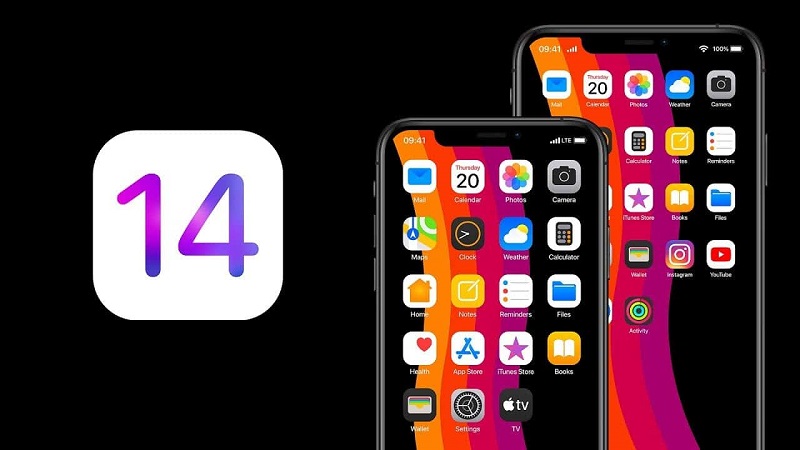
Part 1: What Are Some New Features in iOS 14?
If you are not sure whether you should install iOS 14 or not, then have a look at some of its prominent features at first.
Home Screen Widgets
Just like Android, you can also include all kinds of widgets on your home screen. For instance, you can add widgets for clock, calendar, weather, notes, etc. and further customize them as per your home screen.
New App Library
Apple has certainly revamped the overall look of the iOS 14 public. Now, your apps can be listed under different categories like social, games, productivity, etc. This will make it easier for you to look for specific apps and save your time.
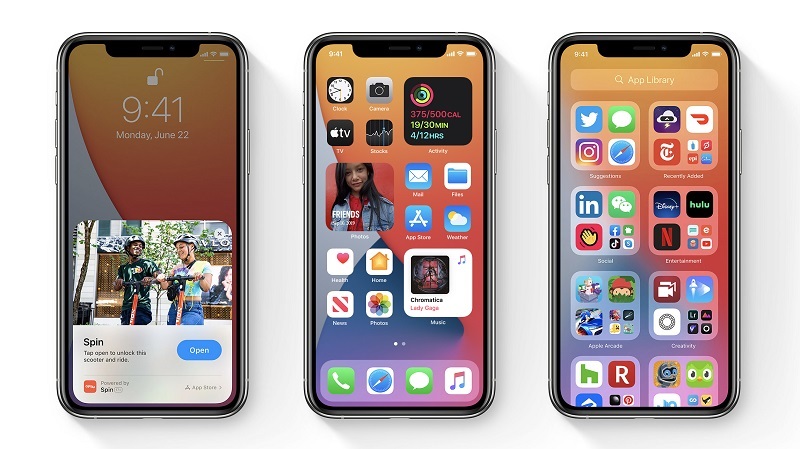
Updated Privacy Policy
Now, all the website trackers have been automatically blocked from the App Store. Users can also provide an approximate location to various GPS-related apps instead of their exact whereabouts. Whenever an app is accessing your camera or microphone, a dedicated icon will appear on the screen.
Better Call Interface
Now, a call won’t take the entire screen on your device, but you will get its notification on the top instead. Therefore, you can keep using your iOS device while still getting a call in the background.

Other Prominent Updates
Apart from that, you can find several new updates in the iOS 14 public beta. For instance, you can just add app clips to your device instead of downloading the entire app. The Messages app now supports inline replies and the pinning of certain conversations. The Translate app can do text and voice translation with an addition of 10 new languages.
The Health app can also track your sleep records and has integrated SOS facilities. You can also get cycling directions in the Maps app now. The new iOS 14 includes an inbuilt password manager in Safari and you can also integrate third-party products in Find My App.

Part 2: What are some Bugs in the iOS 14 Beta Version?
Just like every other beta release, iOS 14 public also has some unwanted bugs. Therefore, after you install iOS 14, chances are that you might encounter the following issues:
- The iOS 14 download might be halted in between, leaving your device bricked.
- If the update has been corrupted, then it can overheat your device as well.
- Sometimes, a bug in iOS 14 can make your device slow and lag.
- The home kit of your device might malfunction and some widgets can disappear.
- Some users have also encountered network-related issues in their device after the iOS 14 update.
- Siri, Spotlight search, and certain shortcuts might not be triggered anymore.
- Certain apps like Health, Messages, FaceTime, Apple Maps, etc. might not be working or can be buggy.
Part 3: Is it Worth to Upgrade to iOS 14 (and How to Update it)?
As you know, the iOS release date was July 9 and you can install it via the developer’s program. Essentially, if you are a developer and would like to test your app, then you can install iOS 14 update. On the other hand, if you are a standard user, then you can wait for its official public release. A stable release of iOS 14 is expected in the coming September and you won’t encounter unwanted issues (like device lags) using it.
Nevertheless, if you wish to learn how to install iOS 14 on iPhone, then you can follow these quick steps:
- Firstly, make sure that you have an Apple Developer account. You can go to its website (https://developer.apple.com/) and create your account by paying $99 annually.
- Now, just go to the official website of Apple Developer on your iPhone, visit its Options > Account, and log-in to your account.
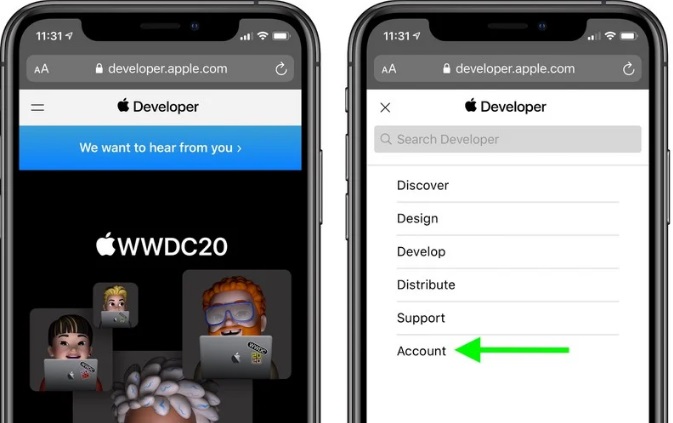
- Once you go to your account, visit the sidebar, and tap on the “Downloads” option. From here, just look for the beta profile and perform iOS 14 download on your device.
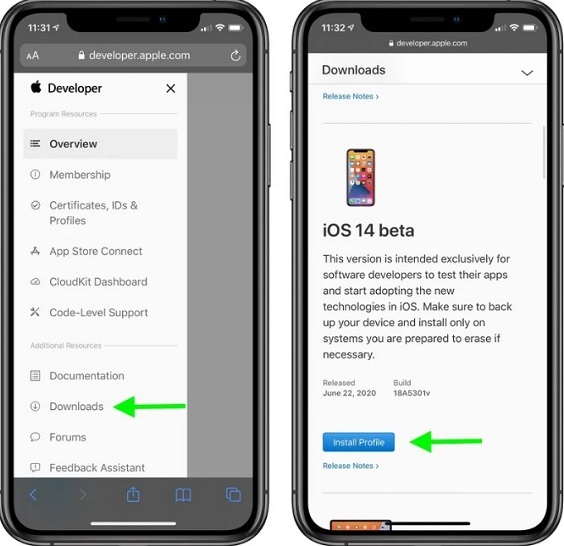
- Allow the application to install the profile on your device. Afterward, go to your iPhone’s Settings and tap on the “Profile Download” option. From here, you can see the iOS 14 profile and tap on the “Install” button to update it.
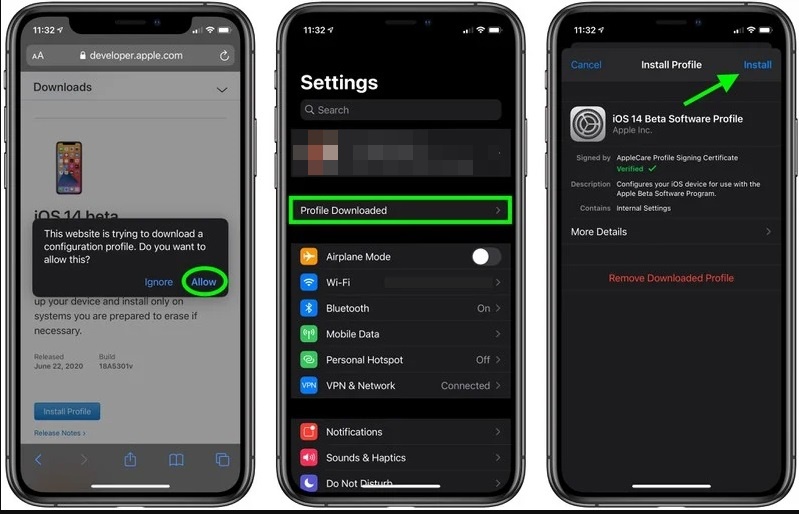
Note:
As of now, only iPhone 6s and newer models are compatible with iOS 14. Also, make sure that there is enough free storage on your iPhone before you install iOS 14 on it.
Part 4: How to Downgrade to a Previous Version from iOS 14?
If you are facing a lot of issues and bugs after installing iOS 14, then you can consider downgrading your iPhone. To do this, you can take the assistance of a reliable application like Dr.Fone – System Repair (iOS). The application can fix all kinds of issues related to iOS devices by following a simple click-through process. Apart from that, you can also downgrade your device to a previous stable version of iOS in the following way.
Step 1: Connect your iPhone and launch the tool
You can first install the application and launch the Dr.Fone toolkit on your system. From its welcome screen, just pick the “System Repair” application.
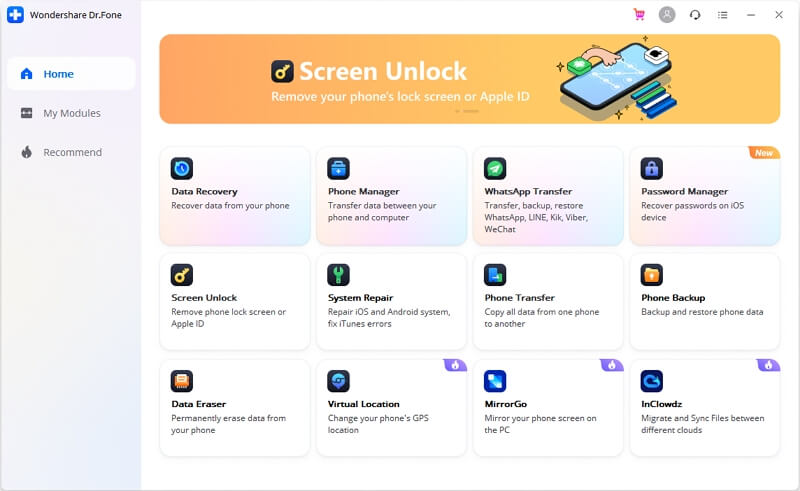
Afterward, you can connect your iPhone to the system and browse to the iOS Repair feature. You can now pick either the standard or the advanced mode. The standard mode will retain your data while the advanced mode will erase it. The downgrading process can easily be done through the standard mode of the tool.
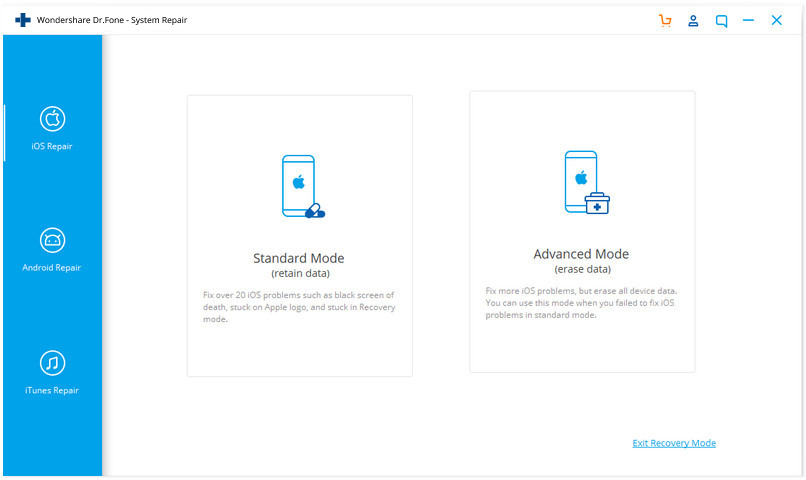
Step 2: Download the iOS firmware
On the next screen, you simply need to enter the device model of your iPhone and the iOS version you want to downgrade to. You can enter a previously stable iOS version that was compatible with your device here.

Simply wait for a while and maintain a stable connection as the application would download the iOS firmware and will verify it with your device model.
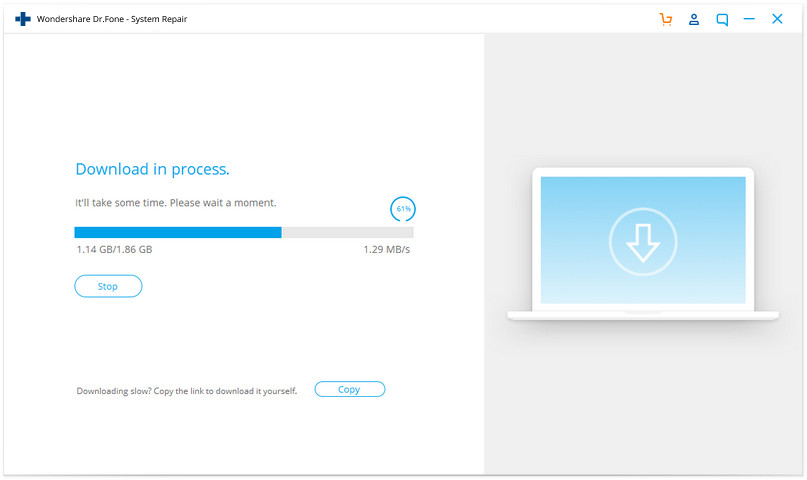
Step 3: Complete the downgrading process
Whenever the download process of the iOS firmware is completed, the application will let you know. You can just click on the “Fix Now” button to install the iOS firmware on the device.
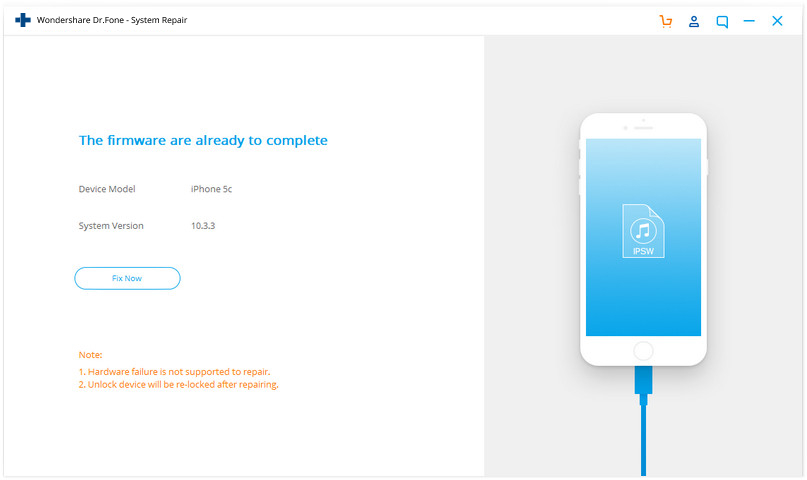
Again, you can simply wait for a while and let the application install the iOS version on your device. Once the downgrading process is over, you will be notified, letting you safely remove your iPhone from the system.
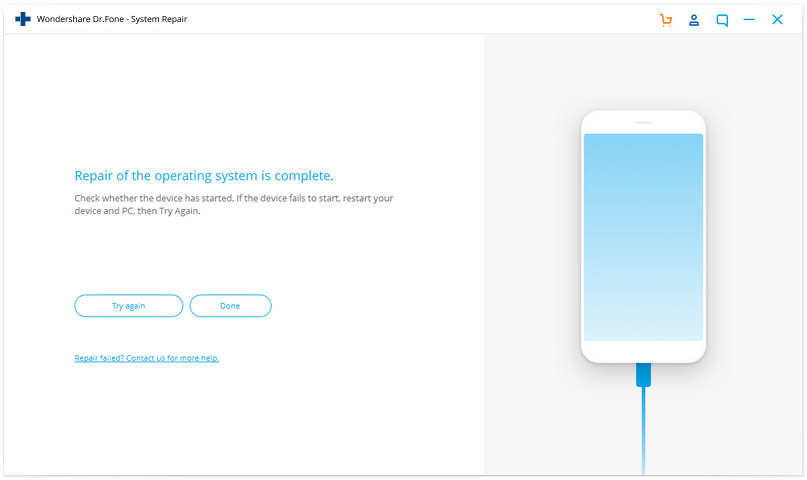
There you go! Now when you know how to install iOS 14 on iPhone and its major features, you can easily make up your mind. Though, if the iOS 14 public has caused unwanted bugs on your device, then you can consider using Dr.Fone – System Repair (iOS). It is an extremely resourceful application that can fix all sorts of minor or severe issues with your iPhone without any hassle. The application is extremely simple to use and will not erase your iPhone data or cause any harm to your device as well.
You Might Also Like
iPhone Problems
- iPhone Hardware Problems
- iPhone Home Button Problems
- iPhone Keyboard Problems
- iPhone Headphone Problems
- iPhone Touch ID Not Working
- iPhone Overheating
- iPhone Flashlight Not Working
- iPhone Silent Switch Not Working
- iPhone Sim Not Supported
- iPhone Software Problems
- iPhone Passcode Not Working
- Google Maps Not Working
- iPhone Screenshot Not Working
- iPhone Vibrate Not Working
- Apps Disappeared From iPhone
- iPhone Emergency Alerts Not Working
- iPhone Battery Percentage Not Showing
- iPhone App Not Updating
- Google Calendar not Syncing
- Health App Not Tracking Steps
- iPhone Auto Lock Not Working
- iPhone Battery Problems
- iPhone Media Problems
- iPhone Echo Problem
- iPhone Camera Black
- iPhone Won't Play Music
- iOS Video Bug
- iPhone Calling Problem
- iPhone Ringer Problem
- iPhone Camera Problem
- iPhone Front Camera Problem
- iPhone Not Ringing
- iPhone Not Sound
- iPhone Mail Problems
- Reset Voicemail Password
- iPhone Email Problems
- iPhone Email Disappeared
- iPhone Voicemail Not Working
- iPhone Voicemail Won't Play
- iPhone Can't get Mail connection
- Gmail Not Working
- Yahoo Mail Not Working
- iPhone Update Problems
- iPhone Stuck at the Apple Logo
- Software Update Failed
- iPhone Verifying Update
- Software Update Server Couldn't Be Contacted
- iOS update Problem
- iPhone Connection/Network Problems


Alice MJ
staff Editor
Generally rated4.5(105participated)